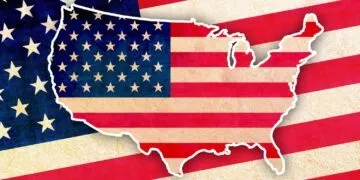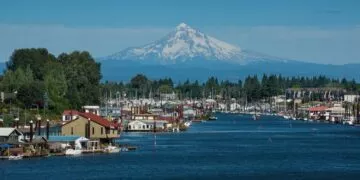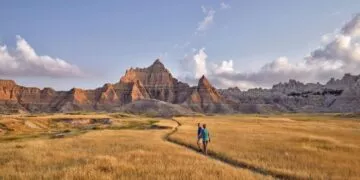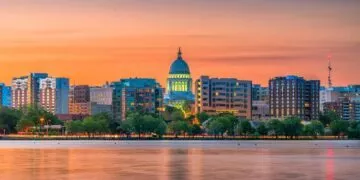Officially nicknamed “The Sunflower State” but also known as “The Wheat State,” “The Jayhawker State,” and “The Free State,” Kansas was the 34th state to join the United States of America on January 29, 1861.
It has a population of 2,913,314 people (as of 2019), making it the 35th most populous state.
Kansas is bordered by the states of Nebraska, Oklahoma, Colorado, and Missouri.
With a total of 82,278 square miles (213,100 square kilometers) of land and water, it is the 15th largest state.
The capital of Kansas is Topeka, situated to the far east of the state.
That’s enough fast facts about the Sunflower State for now, though; we’re here to learn some of the more interesting facts!
Kansas has been inhabited for at least 9,000 years.
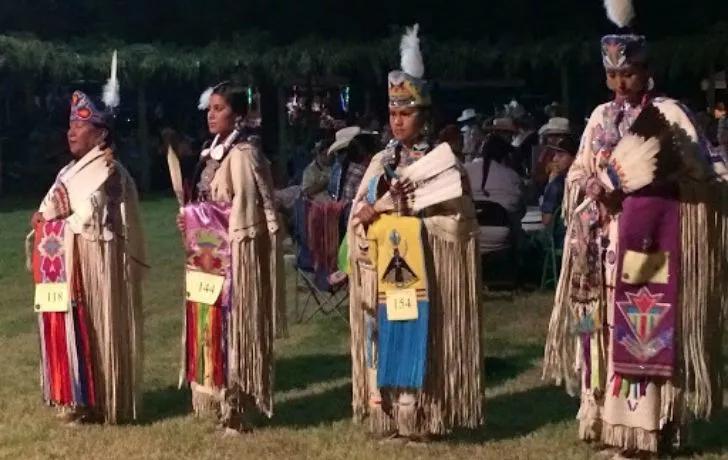
The first humans to inhabit modern-day Kansas were the descendants of the first people to cross the Bering Strait from the far east of Russia into Alaska.
It was these descendants who moved into the Kansas region and decided to stay, living a primarily nomadic lifestyle for thousands of years.
It wasn’t until around 3000 BC that the indigenous tribes of Kansas began to live a more stable lifestyle and cultivated crops, although they never entirely gave up their hunter-gatherer roots.
Kansas is named after some of the original inhabitants of the region.
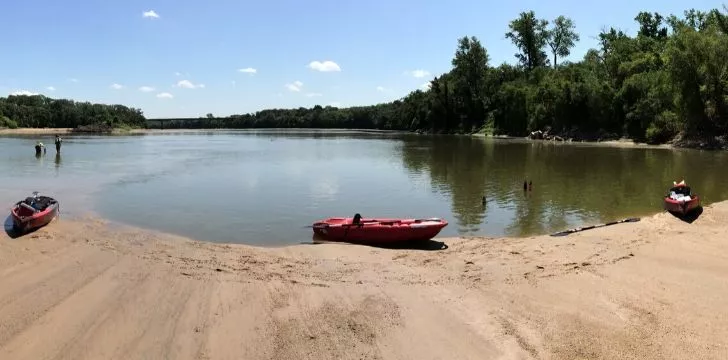
With that being said, Kansas wasn’t directly named after them.
The state of Kansas was actually named after the Kansas River, which threads its way through the state.
One of the original tribes which lived in the region was the Kanza people, whose name roughly translates into “the people of the south wind.”
The Kansas River was named after the Kanza people as they lived along its banks, and as a result, so was the state of Kansas.
The first Europeans to reach Kansas were the Spanish.
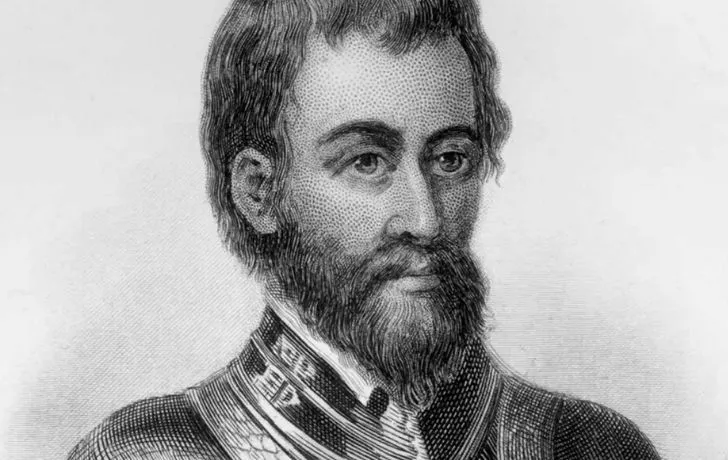
It was the Spanish explorer and conquistador Francisco Vázquez de Coronado who first set foot in modern-day Kansas in 1541.
He traveled as far inland as the center of North America in search of fabled cities of gold, but by the time he reached Kansas, he gave up his search and turned around.
On his journey through Kansas, he made contact with many of the region’s tribes, including the ancestors of the Wichita and Pawnee people.
Spain never established any settlements in Kansas.
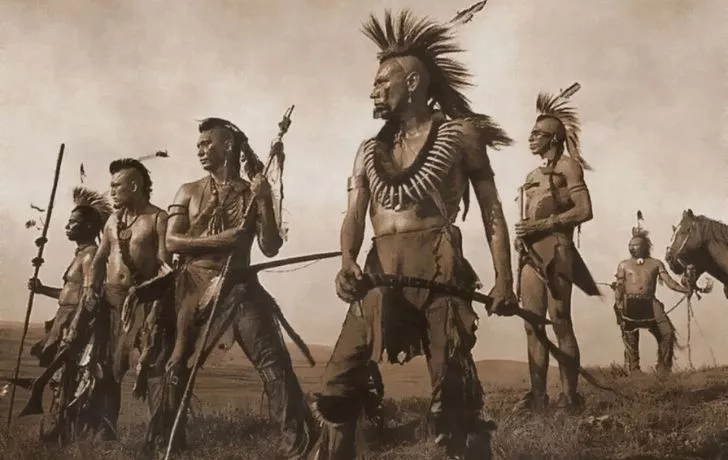
Even though they were the first Europeans to explore the region, they never made any real steps to colonize it.
In 1720 Spain did send the Villasur military expedition, which passed through the region and was intended to breach all the way into New France’s territory in the north, but they were wiped out by Pawnee and Otoe warriors in Nebraska.
This ultimately ended Spain’s exploration of the surrounding area, including Kansas, with France setting up a few trading posts along the Kansas river instead.
Kansas changed hands many times before any Europeans tried to colonize it.
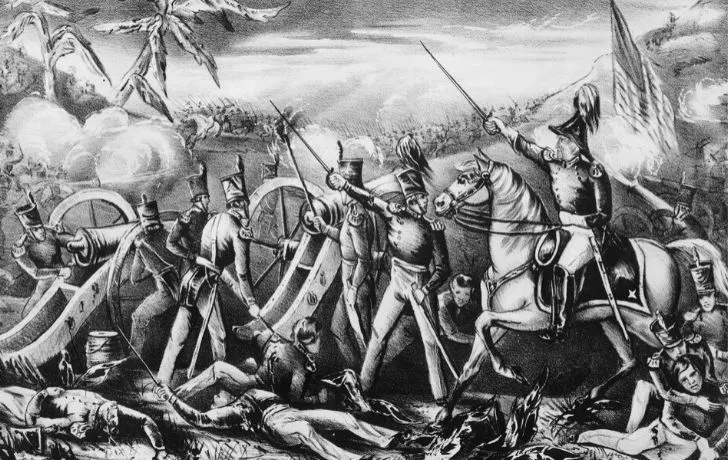
France was the first to lay claim to the region, although they did little more than establish a few trading posts.
Spain then acquired the region in 1763 from France after their defeat to Great Britain in the Seven Year’s War, but similarly didn’t expand into it.
40 years later, in 1803, the land was returned to France, albeit without some 7,500 square miles (19,000 km²) that Spain wished to keep.
The region changed hands again in 1803, this time to the United States as a part of the Louisiana Purchase, which only recognized Spain’s claim to the aforementioned 7,5000 square miles later in 1819.
This section changed hands again to Mexico, which lost it to the United States in 1848 as a result of the Mexican-American War.
It was only in 1827 that Fort Leavenworth, the first permanent white American settlement, was established in Kansas.
The 1850s were an incredibly violent few years in Kansas.
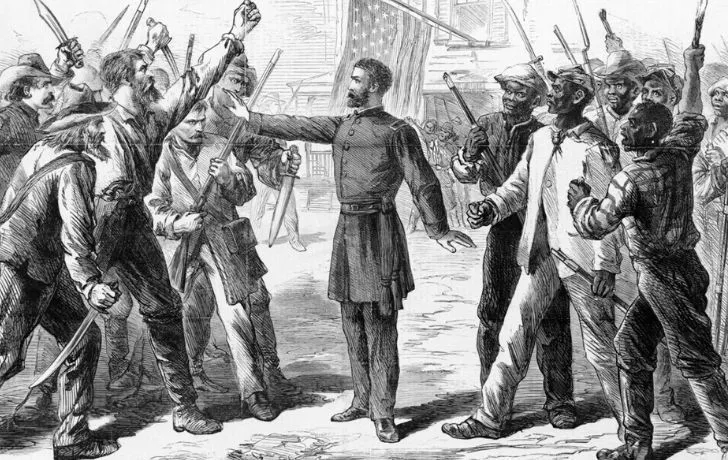
After Kansas was declared a territory in 1854, various settlers from the neighboring pro-slavery states of Missouri and Arkansas started to trickle in and sway the local political scene towards it being another slave state.
Shortly after this, a large number of abolitionists from Massachusetts and various other anti-slavery states (referred to as “Free-Staters”) settled into Kansas territory and attempted to prevent another slave state from forming.
Unsurprisingly, things got bloody very quickly, to the point that 1855-1855 is known as “Bleeding Kansas” due to the many large-scale battles which erupted between the two groups.
A number of pro and anti-slavery-based state constitutions were drafted and rejected before the anti-slavery Wyandotte Constitution was finally accepted in 1859.
It was under this constitution that outlawed slavery that Kansas finally became a state in 1861, thus earning the state its nickname “The Free State.”
The Confederates made 29 raids into Kansas during the civil war.
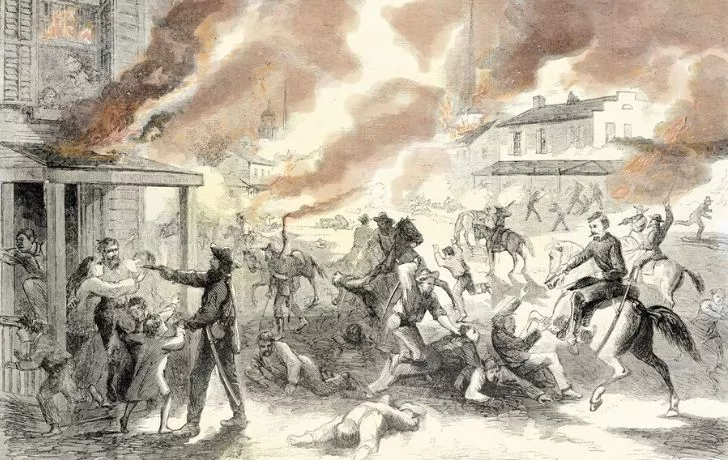
Due to its conflicted early years before statehood, Kansas was a hotbed for formal and informal activity during the civil war.
There were a large number of small formal battles held within the state.
The real trouble was from guerrilla warfare between pro and anti-slavery forces within the state, as well as the 29 raids that Confederate troops made into its borders.
The worst of them was the Lawrence Massacre, in which William Quantrill raided the city of Lawrence, massacring over 150 people and burning most of the city to the ground.
This attack was so brutal that it was largely condemned by both sides.
Post Civil War Kansas was at the heart of the Wild West.
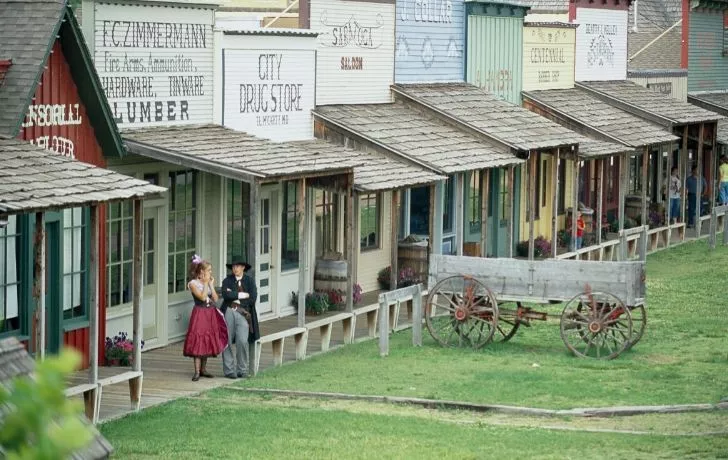
When the dust settled after the Civil War, thoughts turned to expansion into the western regions of the United States.
At the head of this was the Union Pacific Railway Company, which began construction of a southern segment of the transcontinental railroad in 1863.
This railroad opened up the region to a great extent, but it also created room for a new era of lawlessness, the era of the Wild West.
Notable Wild West towns which saw their fair share of violence and thuggery were Dodge City and Fort Riley, with the latter even employing the notorious gunslinger Wild Bill Hickok as a deputy marshal.
Alcohol was prohibited in Kansas for 67 years.
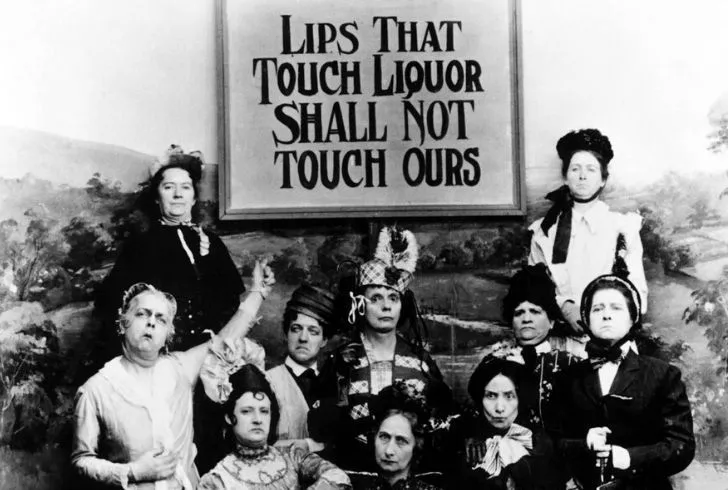
Kansas was at the forefront of the prohibition movement and was the first of the US states to prohibit the production, transportation, and sale of alcohol on February 19, 1881.
The Prohibition in Kansas was a result of the Temperance Movement, a social movement that promoted the idea that the consumption of alcohol was inherently bad for society as a whole.
From 1905 to 1919, Kansas had a string of governors that enforced the prohibition laws to such a strict degree that it was said that during this time, Kansas was completely alcohol-free!
The prohibition laws were only removed in 1948, although to this day, the sale and consumption of alcohol is still more regulated in Kansas than in many other parts of the US!
The economy of Kansas was almost completely wiped out in the 1930s.
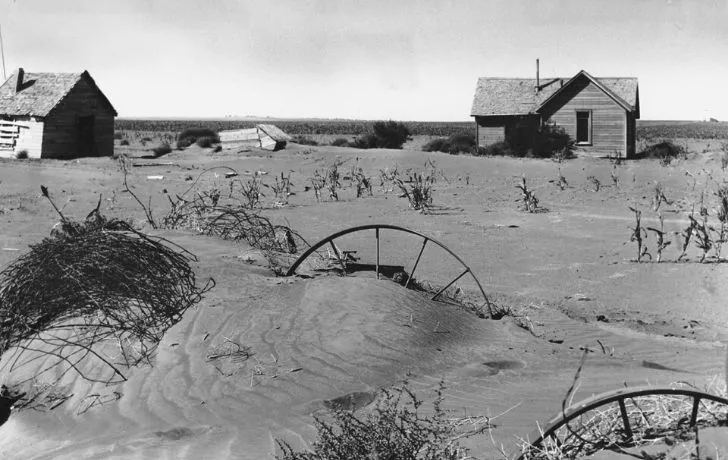
Many residents of Kansas will remember the stories their parents and grandparents told of the Dust Bowl.
A great drought afflicted the region from 1930 until 1941, which subsequently caused a seemingly never-ending series of dust storms that blocked all visibility to as little as 3 feet (1 meter) at times.
The effects of the drought and the dust storms were the icing on the cake that was the economic disaster of the times, which already included rapidly falling wheat prices and the Great Depression.
The result was a crushing blow to both businesses and citizens alike, both taking many years to financially recover, if ever.
Kansas is home to the largest ball of twine in the world.
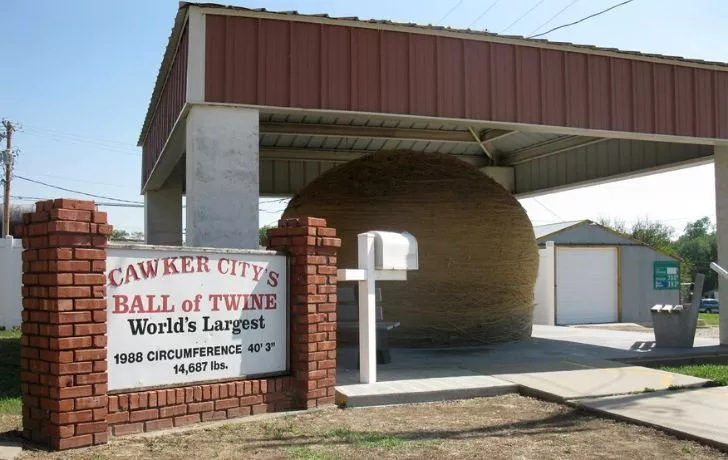
Don’t go mentioning this in the presence of folks from Minnesota, though, as it’s a bit of a sore topic.
For many years now, there has been an ongoing disagreement between Cawker City and the town of Darwin, Minnesota, over who really lays claim to the title.
It all began in the 1950s when a man called Frank Stoeber began constructing the city’s famous ball of twine.
Eventually, it grew into an enormous 5,000-pound (2,267 kg) ball by the time he donated it to the city.
To this day, residents of the city, as well as visitors, make additions to the ball of twine during an annual “twine-a-thon.”
Residents of Darwin consider Kansas’ ball to be less worthy of the title, though, as a man from Darwin named Francis A. Johnson created a ball of twine all by himself that weighs a whopping 17,400 pounds (7,892 kg).
Darwin residents have had to resign themselves to owning the record for the largest ball of twine rolled by a single person instead.
Dorothy Gale from the hit film Wizard of Oz hailed from Kansas.
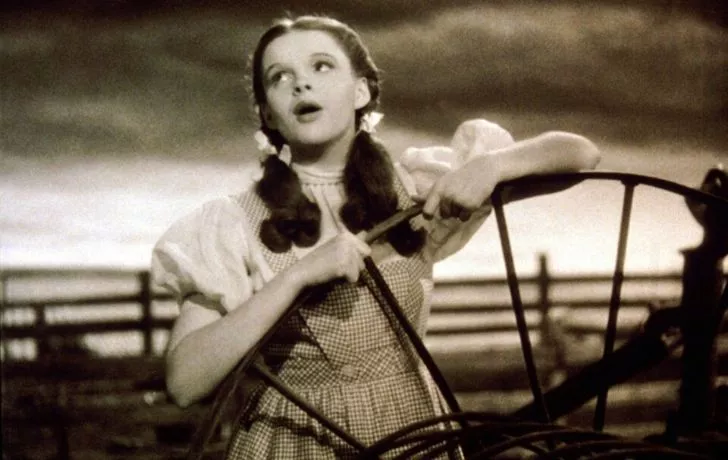
Although Dorothy was clearly known to come from a town in Kansas, the town was never actually named.
81 years after the original story by L. Frank Baum was written, the city of Liberal, Kansas, decided to claim the honor.
In a bid to drive tourism to the city, a farmhouse was converted to appear like Dorothy Gale’s house, which included a room that simulated tornadoes as well as a yellow brick road.
An average of 50 tornadoes a year rip through Kansas.
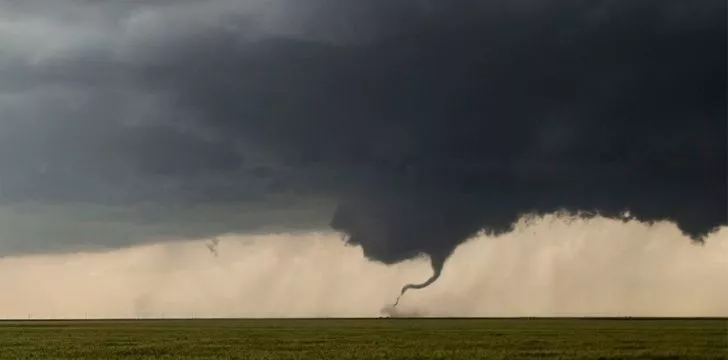
The Wizard of Oz wouldn’t really work without the tornado, and Kansas has plenty to go around.
In fact, Kansas is pretty much at the center of the US’ Tornado Alley, a region of central USA that experiences well more than its fair share of tornadoes.
This meteorological phenomenon is just another in a long list of extreme weather events that make life in Kansas a little rough, to say the least.
The deadliest tornado in Kansas on record tore through the city of Udall in 1955.
It was 1,300 yards (1.18 km) wide, decimated 192 buildings, and killed 80 people.
Kansas is the largest producer of wheat in the US.
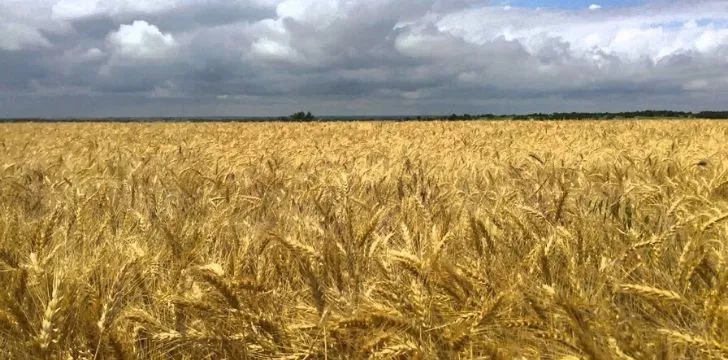
Kansas isn’t just at the heart of Tornado Alley, it’s also at the heart of the Wheat Belt!
The state produces so much wheat per year that if you baked it into bread, it could feed the entire world for two weeks.
That’s approximately 36 billion loaves of bread!
The Pizza Hut restaurant chain was founded in Kansas in 1958.
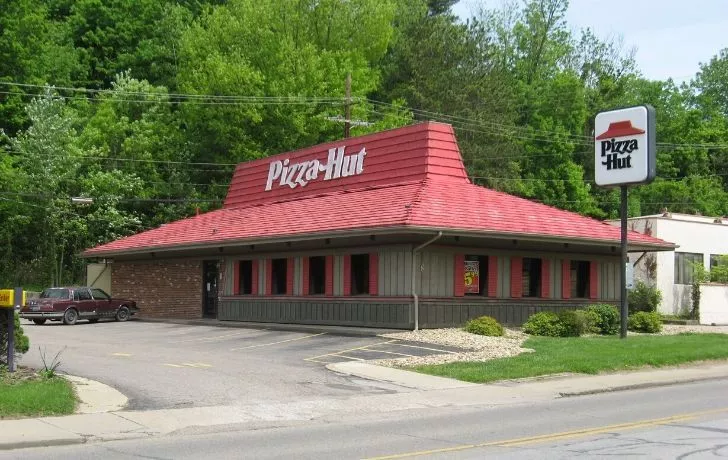
Pizza Hut was founded by two brothers, Frank and Dan Carney, in the city of Wichita, Kansas.
When they founded the restaurant, they were still students at Wichita State University, and as such, they weren’t exactly rolling in cash at the time.
To help them pay for the up-front costs of opening a business, they borrowed $600 from their mother.
The business was wildly successful, with their second restaurant opening within six months and a total of six restaurants opening by the end of their first year!
For a long time, Kansas was simply ignored by all Europeans who passed through the region, and it’s no small wonder, really.
At first glance, the state is nothing more than endless plains and prairies, but this ended up being its main draw.
It was the boundless open skies and seemingly wonderful opportunities for agriculture that drew endless amounts of would-be settlers, which helped the state grow.
Despite the occasional (or very frequent) tornado, that’s still the case today!


